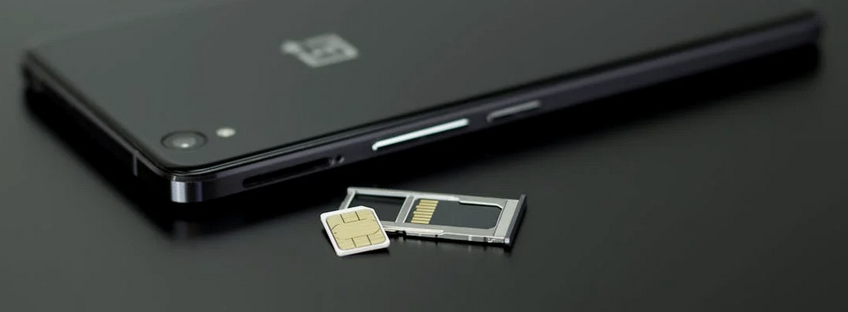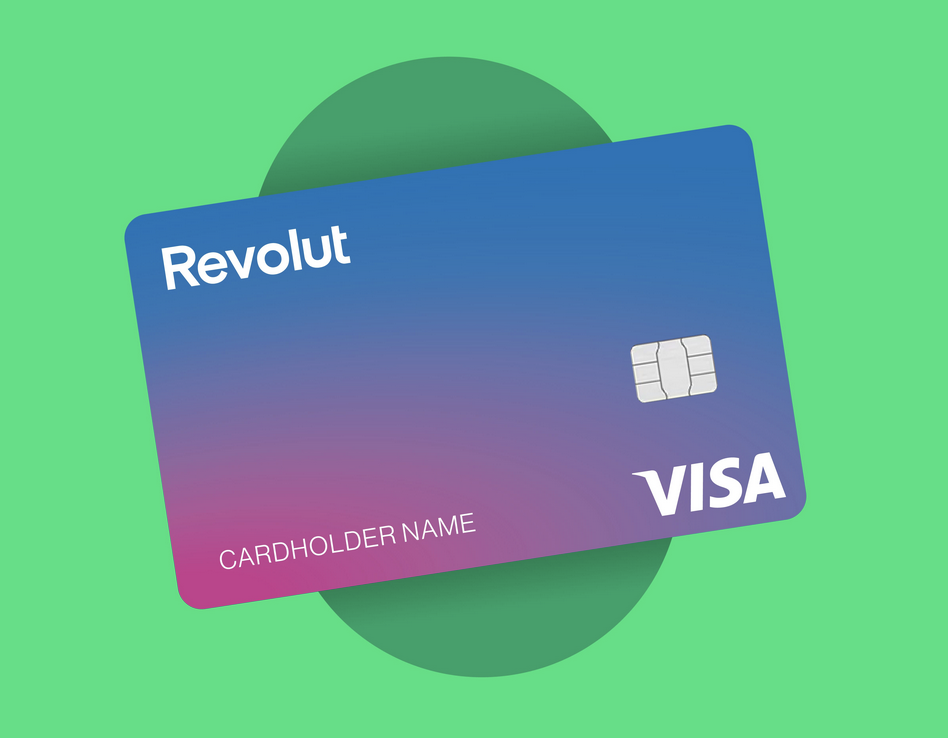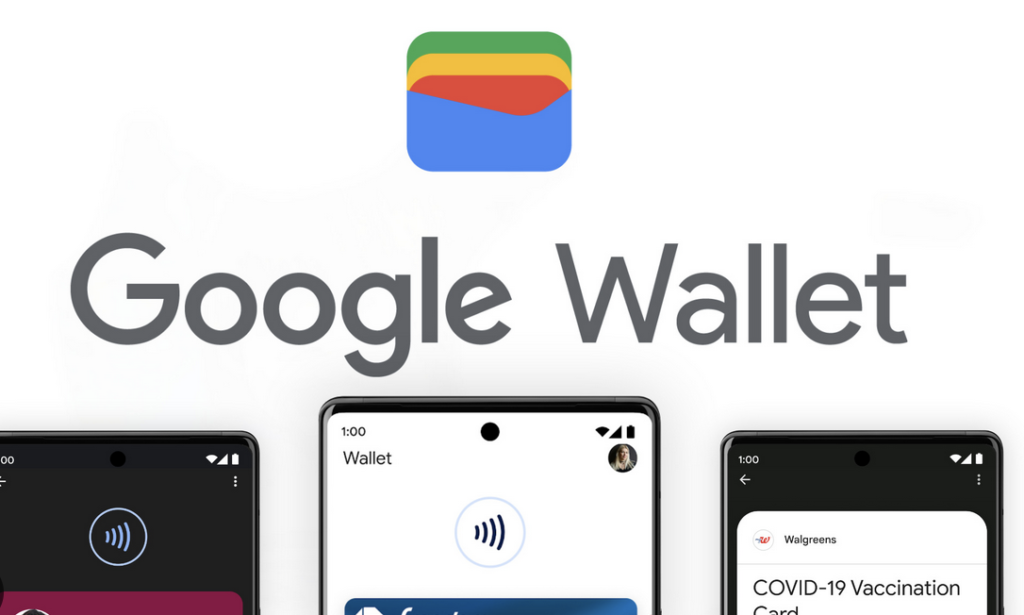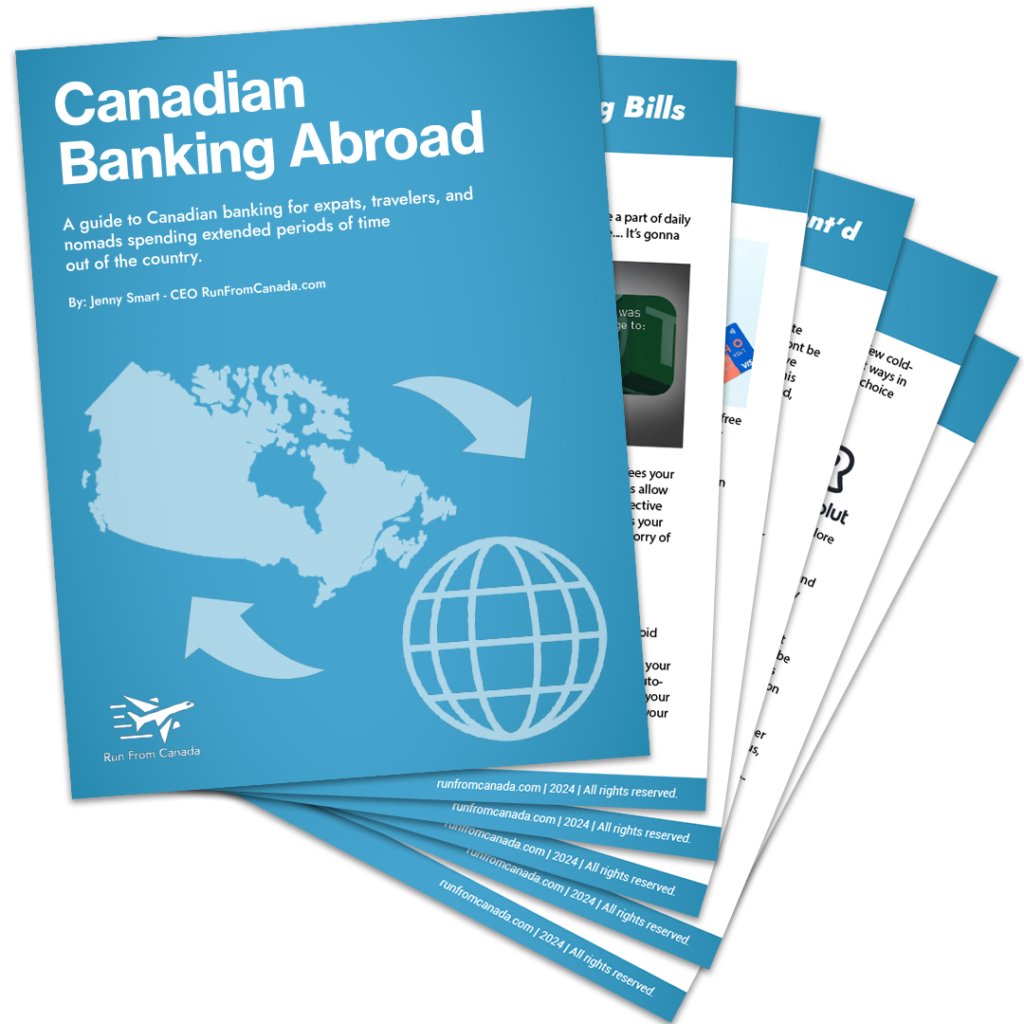As a Canadian expat living in Spain, I’ve gone through the trials and tribulations of banking security solutions while making purchases abroad.

In fact, I’ve made so many mistakes I wrote a Canadian Banking Abroad guide on them with my friends in an attempt to save people from repeating them.
Any who, I know first hand how frustrating it can be when you don’t have any way to verify that it’s truly you buying that bus ticket out of a small mountain town in Extremadurra.
Yes, that’s happened to me before. When I first came to Spain I got locked out of my Canadian bank account and I was left in a panic.
I was also running low on cash so I had to get crafty with my solutions before It was too late.
Luckily I’ve found multiple ways and tips for banking abroad and it’s time I share them with you too.
Let’s get into it.
Tips for Banking Abroad – Primer on Bank Security Systems
Please note that every bank that operates has numerous check and balances to ensure their clients funds are safe. These are especially prevalent when you access your bank from outside the usual device or geographic area. While some may be stronger than others, you can usually expect these two features below to be encountered while your travelling.
These features are:
- IP address fencing
- Daily, Weekly, or Monthly withdrawal limits
- Two Factor Authentication
In this article I’m going to give you the insider knowledge used by expats around the world to bypass these pesky controls. In doing so, you will be able to traverse the world worry-free knowing you can deal with your finances in any continent.
Tip 1. Purchase a Dual SIM Phone
I know phones are expensive nowadays, but purchasing a dual SIM or eSIM phone will save you more stress than it’s worth. Why only a Dual SIM capable device? Well, it comes down to two things. Firstly with a dual SIM device you will be able to access two numbers from different countries. Why is this important?

Well, Two Factor Authentication (2FA) is a security measure most banks have in each country and you’ll need the code it sends to your foreign number to access your bank. Furthermore, a dual SIM device will allow you to text, call, and surf the web in your new country making it more seamless to integrate and easier for you to get around.
When you’re buying something online in a new country you’ll have to verify it with 2FA. Banks want to make sure it’s really you buying, and so, the fastest way to do that is through a 2FA verification text.
A dual SIM Phone ensures that you have service and a number in your new country to receive that text and allow you to make that purchase.
Having a Dual Sim phone also comes in handy if you’re planning to open a bank account in your next destination.
Often, when opening the account they expect a domestic phone number for the contact record. This number will also be used to verify yourself so its essential to be able to receive these texts or calls when you need to.
Tip 2. Opt for an International Phone Plan
An international phone plan is a game-changer for staying connected globally. It enables calling, texting, and data access in numerous countries. My friends who are avid travelers, influential travel bloggers, and frequent flyers swear by International Service Plans. These plans allow them to stay connected and manage financial matters using their regular domestic number. However, it’s important to note that this convenience comes with a price tag. For instance, Verizon offers an international plan at $100 USD per month, which might be steep for some.
This plan typically includes unlimited data and texts in over 210 countries, ensuring constant connectivity. It’s also a lifesaver for completing two-factor authentication (2FA) during overseas purchases. If you’re an international traveler, consider this option, especially if it’s available in your country.
Tip 3. Utilize Authenticator Apps for Secure Banking While Traveling
A traveler’s nightmare is being locked out of their bank account abroad. To prevent this, banks often require verification, bringing us to the challenge of two-factor authentication (2FA). The dilemma intensifies if you can’t purchase a new SIM card, eSIM, or receive texts on your primary phone, which is linked to your main bank. Fortunately, there’s a pre-emptive solution: Authenticator apps.

Many banks now offer the option to use an Authenticator App as a form of 2FA, in place of a phone number, to authorize transactions in case of any security flags.
It’s crucial to check with your bank beforehand to ensure this feature is available.
I’ve found that most Canadian banks and some U.S. banks support this, but you must set it up before you embark on your travels.
Authenticator apps are invaluable for secure access to your accounts while abroad. They not only fortify your banking security but are also essential for safely logging into other sensitive accounts, such as cryptocurrency wallets, payment processors, and even PayPal. These apps operate over Wi-Fi, bypassing the need for cellular network-based verification. For those interested in adopting this method, I personally recommend Google Authenticator or Cisco’s Duo. Both are highly reliable and user-friendly, providing an extra layer of security for your digital financial presence, especially in unfamiliar environments. Their ease of use and robust security protocols make them an excellent choice for travelers seeking peace of mind.
Tip 4. Pre-Order Your Destination SIM Card and Link It to Your Bank Account
Ensuring seamless communication and banking while traveling starts before you leave home. A strategic step is to order a SIM card from a local carrier at your destination and add its number to your bank account. Most banks allow the addition of multiple phone numbers to your account for verification purposes. This proactive approach saves considerable hassle.

Here’s how you can streamline the process: Order the foreign SIM card to be delivered to your residence, activate it, and then update your bank account with the new number. Many banks facilitate this update online; however, if that’s not an option, a phone call to your bank should suffice for a manual update.
A word of caution: Time your order judiciously. Ordering the SIM card too far in advance of your departure may result in unnecessary expenses, as you could end up paying for dual phone plans while still in your home country. Strategically timing this step ensures that you’re not only prepared for your trip but also economically prudent.
Tip 5. Open and Utilize Revolut and Wise for Efficient Currency Conversions
Currency conversion fees can significantly strain our finances while traveling. A smart strategy to circumvent this is by embracing Financial Technology, or FinTech. Indeed, FinTech can significantly reduce the fees we incur abroad. Imagine you have an account in US dollars but need euros for your travels. An effective solution is using a FinTech intermediary, with Wise and Revolut being the prominent players.
These companies provide money transfer services at considerably lower rates compared to traditional banks or ATMs. Additionally, their physical or virtual cards are widely accepted almost everywhere. For a nominal subscription fee, Revolut allows you to hold, transfer, and receive funds in your preferred currency.
If you’re engaged in frequent transactions, the savings quickly become evident. Meanwhile, Wise offers a transparent Mid Market Rate, enabling you to clearly see the conversion rates and assess how much you need to transfer for it to be cost-effective.

Tip 6. Add a Card to Google Wallet for Emergency Situations
Losing your wallet can be a distressing experience, especially while traveling. I’ve been there myself. Picture this: you’re enjoying your day at the beach, and halfway through your bus ride back to your apartment, you suddenly realize your wallet isn’t in your pocket! In such a scenario, how would you manage to buy a ticket back? Fortunately, we often have our phones with us, even if we forget other essentials.

Therefore, a practical tip is to add one or two of your cards to Google Wallet or a similar e-wallet service. This setup allows you to make payments directly from your phone in emergencies. It’s a straightforward yet effective solution to ensure you’re not stranded without access to funds. E-wallets are increasingly accepted worldwide, offering a convenient backup payment method. Remember, while we might occasionally forget our wallets, our phones are almost always within reach, making them a reliable tool for financial emergencies.
Wrapping Up: Preparing for International Banking Begins at Home
Embarking on a journey, whether you’re a seasoned globetrotter or a novice adventurer setting off for foreign lands, calls for smart preparation, especially when it comes to managing your finances abroad. The key to a hassle-free experience lies in initiating your banking and financial preparations well before you leave home.
The tips shared here aim to arm you with the knowledge and tools necessary to keep your finances streamlined and secure, saving you from potential troubles and ensuring you can focus on the joys of your travels. Remember, effective financial planning for international travel isn’t just about managing money; it’s about peace of mind, allowing you to fully immerse yourself in the new experiences that await.
Now, if your looking to leave Canada for an extended period of time, you may also want to check out our Canadian Exit Guide below. In this guide you’ll be able to navigate how to manage your finances, tax rules, and citizenship status while living overseas

Get the Canadian Banking Abroad Guide Today
Understand how to always have access to your Canadian bank and investments from anywhere in the world.


Leave a Reply